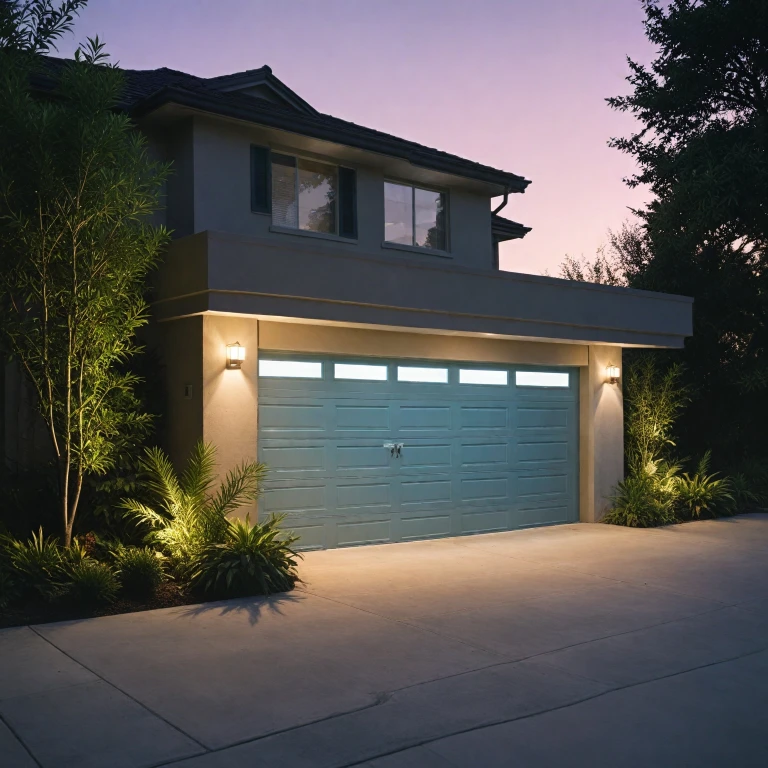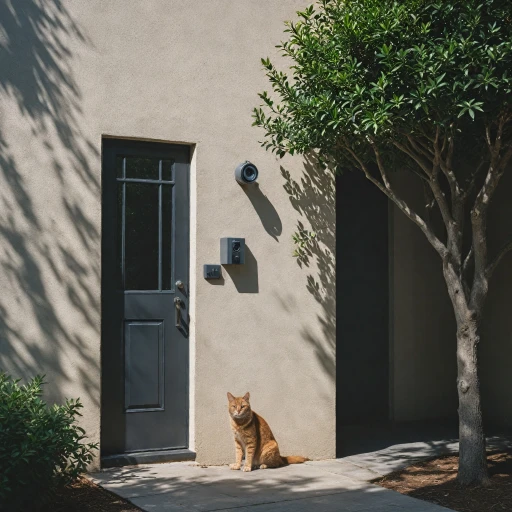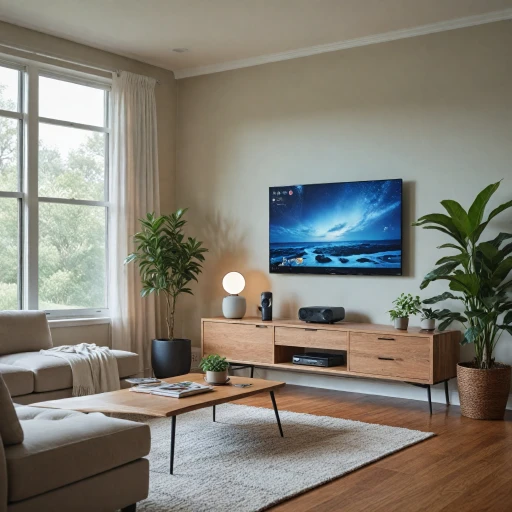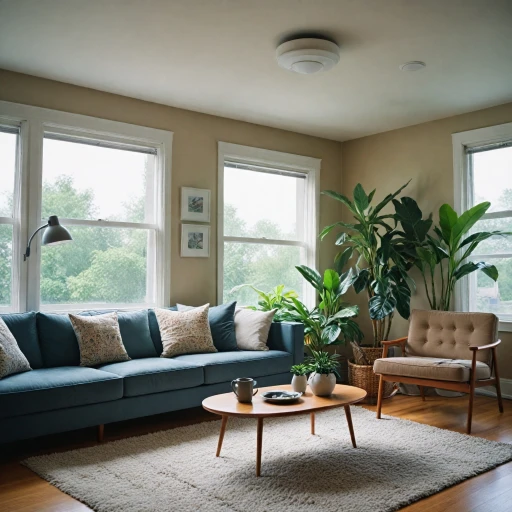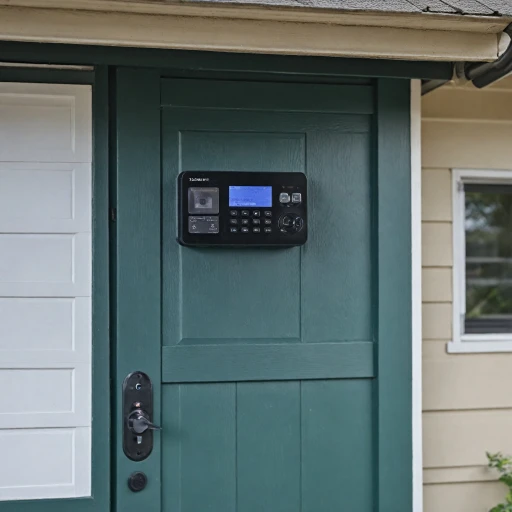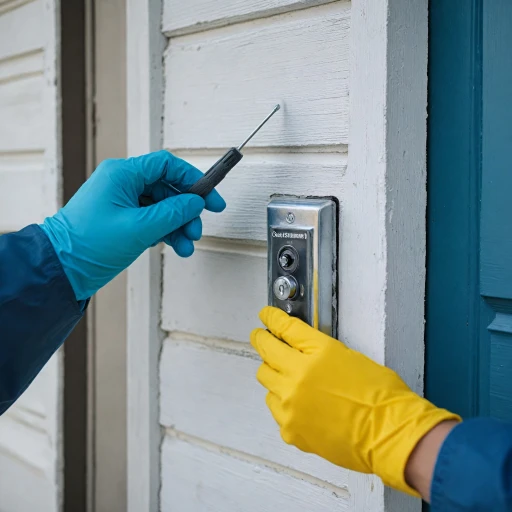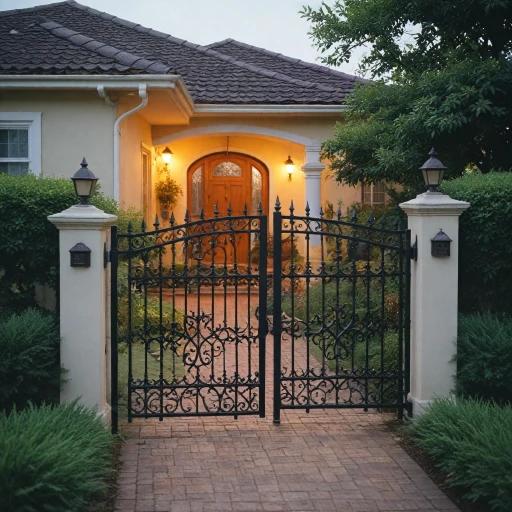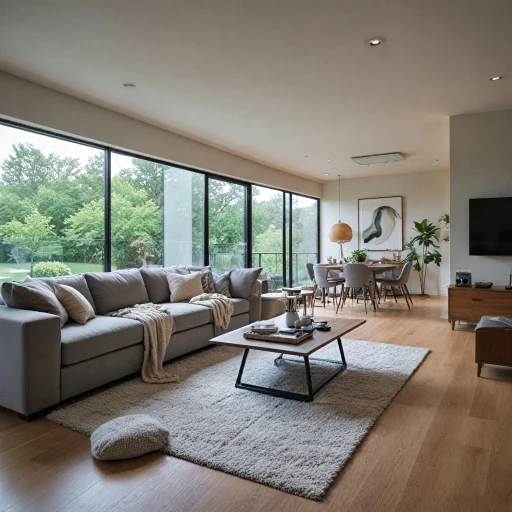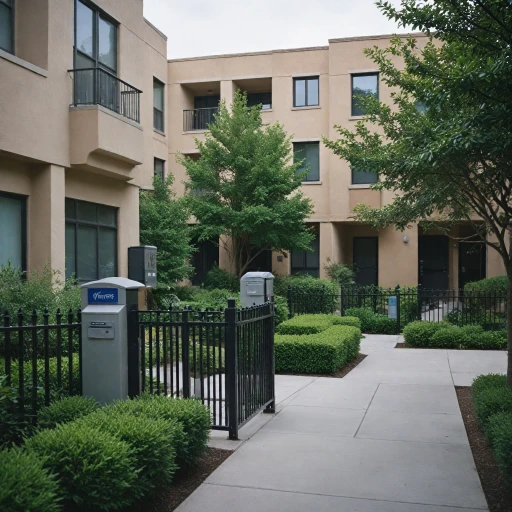
Understanding Z-Wave Technology
Grasping the Basics of Wave Technology
Z-Wave technology is at the forefront of smart home automation, offering users enhanced security and convenience. This robust wireless communication protocol connects various home devices, such as garage door openers, sensors, and locks, into an integrated network. Operating at a low frequency of 908.42 MHz, Z-Wave minimizes interference with other household wireless systems, ensuring reliable and secure communication. What sets Z-Wave apart is its ability to support numerous devices within a network through mesh technology. This means if one device fails, the others can reroute the signals to maintain functionality. This system's dependability makes it a solid choice for controlling devices like a garage door controller or an alarm sensor. For those considering a move to smart devices, learning more about enhancing home security with automatic light switches can also be beneficial. Understanding how Z-Wave technology works is crucial when choosing the right smart garage door controller or any other device. It ensures you secure your home efficiently while enjoying the convenience of sophisticated automation systems.Benefits of a Z-Wave Garage Door Controller
Advantages of Implementing a Z-Wave Garage Door Controller
One significant benefit of using a Z-Wave garage door controller is its impressive compatibility with various other smart systems. This integration plays a vital role in creating a seamless home automation ecosystem, enhancing both convenience and security.
- Enhanced Control: With a Z-Wave door controller, you have the power to remotely manage your garage door operations. This means you can open or close your garage door from virtually anywhere, using a smartphone or any compatible device, enhancing accessibility.
- Increased Security: A wave-integrated garage door controller provides an additional layer of security. It alerts you through real-time notifications if the door is left open, and by integrating security systems, you can ensure your garage is as secure as any other part of your home.
- Energy Efficiency: The tilt sensor and other smart sensors can be used to automate routines that save energy, such as turning off lights or adjusting thermostats when the garage door is closed.
- Simplicity in Installation: These controllers are relatively easy to install without the need for professional assistance. They often work seamlessly with existing opener devices, reducing setup complexity.
Moreover, many automation scenarios can be configured using Z-Wave technology for comprehensive home management, where the controller can be synchronized with smart locks or sensors. This coordination amplifies the overall functionality of your smart home environment.
Installation and Compatibility
Getting Started with Installation
Installing a Z-Wave garage door controller can be a straightforward process if you follow the right steps and ensure compatibility with your existing systems. To start, make sure that your chosen door controller and smart controllers match your door opener, and check for compatibility with other devices you're employing, like wireless tilt sensors and security systems.
Ensuring Compatibility with Current Systems
Before committing to any device, it's essential to confirm that it will work seamlessly with your garage door opener and home network. Many Z-Wave devices operate on a 908.42 MHz frequency, a standard frequency for home automation. It's critical to ensure your system supports this to avoid any complications. Compatibility with existing security systems, such as alarm systems and locks smart technologies, is also vital for optimal integration and performance.
Step-by-Step Guide for Installation
Here’s a simplified installation guide to follow:
- Prepare the Devices: Unpack your Z-Wave garage controller and review the user manual. Gather any necessary tools for mounting the unit or attaching sensors.
- Mount the Controller: Install the controller near your garage door opener, ensuring it's within range of your Z-Wave network. Securely attach it using screws or the manufacturer-provided adhesive strips.
- Connect the Sensor: Position the tilt sensor or opener remote on the garage door as per the manufacturer's guidance. This sensor is essential for detecting door position and ensuring accurate open/close commands.
- Integration with Home Hub: Utilize your home hub or automation system to add the new door controller to your Z-Wave network. Follow the prompts to sync the devices efficiently.
- Testing and Calibration: Once installed, test the device to ensure it responds to remote control commands, checking both the door's operational signals and security alarms.
Setting Up for Continuous Operation
For ongoing reliability, regularly check the battery status of your wireless devices, including the Ecolink or Linear wave smart sensors. Moreover, if integrating camera systems with the help of night vision cameras, ensure these components complement the automation for enhanced security coverage.
Finally, consider consulting professionals or the manufacturer's support if any issues arise during setup to ensure you maximize the features and benefits of your smart garage setup.
Integrating with Home Security Cameras
Enhancing Your Home Security with Camera Integration
Integrating a Z-Wave garage door controller with your home security cameras can significantly improve your security systems’ effectiveness. This combination allows for a more comprehensive monitoring setup, ensuring that your garage – often an overlooked entry point – is securely managed. Using a smart garage door controller, you can link various devices, such as wireless cameras, to your automation systems. This synergy not only enhances security but also contributes to a seamless smart home experience.- Enhanced Monitoring: By connecting your Z-Wave garage controller with compatible security cameras, you can monitor your garage doors in real-time. When a door opens, the system activates paired cameras to provide live footage.
- Automatic Alerts: Pairing door control with motion sensors ensures that you receive timely alerts whenever unusual activity is detected. These notifications can be sent directly to your smartphone or remote controller, increasing your response time.
- Device Compatibility: Certain camera systems, including those with tilt sensors and motion alarms, can be integrated with the wave garage system. Ensuring compatibility is crucial for optimizing device performance. Linear and Ecolink are well-regarded brands providing reliable device integration.
- Frequency Coordination: Many Z-Wave-enabled devices operate on frequency MHz ranges that minimize wireless interference, ensuring stable communication between your garage door and security systems.
Troubleshooting Common Issues
Tackling Common Obstacles with Your Z-Wave Garage Door Controller
Dealing with issues related to your Z-Wave garage door controller can be a common occurrence. While the technology offers great convenience and security, it's not without its quirks. Here are some troubleshooting tips to help you address common problems that may arise with your smart garage setup:- Connectivity Challenges: If you're experiencing problems with connectivity, check if your Z-Wave device is within range of the network. Make sure your wireless frequency MHz is not interfered by other devices. The linear wave and gocontrol wave models can sometimes be finicky, so consider relocating the controller closer to the hub or using a Z-Wave extender.
- Sensors Not Responding: When tilt sensors or door sensors fail to respond, inspect the device for battery issues. Replace the battery if needed. For ecolink wave or other sensor wave devices, ensure proper alignment and cleanliness of contact points.
- Integration Hitch with Home Security Systems: Sometimes, integrating with security systems can be problematic due to incompatibility. Check if your controller supports linking with the desired alarm systems or home security cameras. Ensure your smart garage controllers have the most up-to-date firmware.
- Opener Remote Malfunction: When the opener remote fails, confirm if the problem is with the remote controller or the door control system itself. Test the remote with another device or try using the door opener manually to isolate the issue.
- Door Not Responding to Automation: If automation fails, verify that the access control settings are correctly configured, and that the smart controllers are properly paired with other smart devices such as locks smart and alarm systems.
Choosing the Right Z-Wave Garage Door Controller
Identifying the Optimal Device for Your Setup
When choosing the right Z-Wave garage door controller, several factors should guide your decision to ensure seamless integration and enhanced security.- Compatibility: Compatibility is crucial when selecting a door controller. Ensure that the controller you choose is compatible with your existing automation systems and other smart devices. Most modern Z-Wave garage controllers are designed to work with a wide range of home automation systems, so be sure to check the specifications.
- Frequency and Range: Z-Wave operates on a specific frequency, typically around 908.42 MHz. Verify that the controller's frequency matches your existing Z-Wave network's frequency for optimal range and connectivity. Consider models like the Ecolink wave or the Linear wave if extended range and reliable connectivity are priorities.
- Sensors and Accessories: Some controllers come with additional features such as tilt sensors, alarm systems, or door locks smart features that can enhance your security setup. Evaluate the need for these additional components based on your security priorities.
- Ease of Use and Control: Look for smart controllers that offer user-friendly interfaces and remote controllers for effortless operation. For instance, a wave smart controller that can be accessed from your smartphone provides convenience and peace of mind.
- Brand and Reviews: Reputable brands like GoControl, Linear, and Ecolink are known for their quality and reliability. Check customer reviews and expert opinions to gauge performance and user satisfaction.
- Cost and Value: While evaluating your options, consider the cost-effectiveness of the controller. Sometimes investing a bit more in a high-quality, reliable wave garage controller pays off in terms of security and durability.

